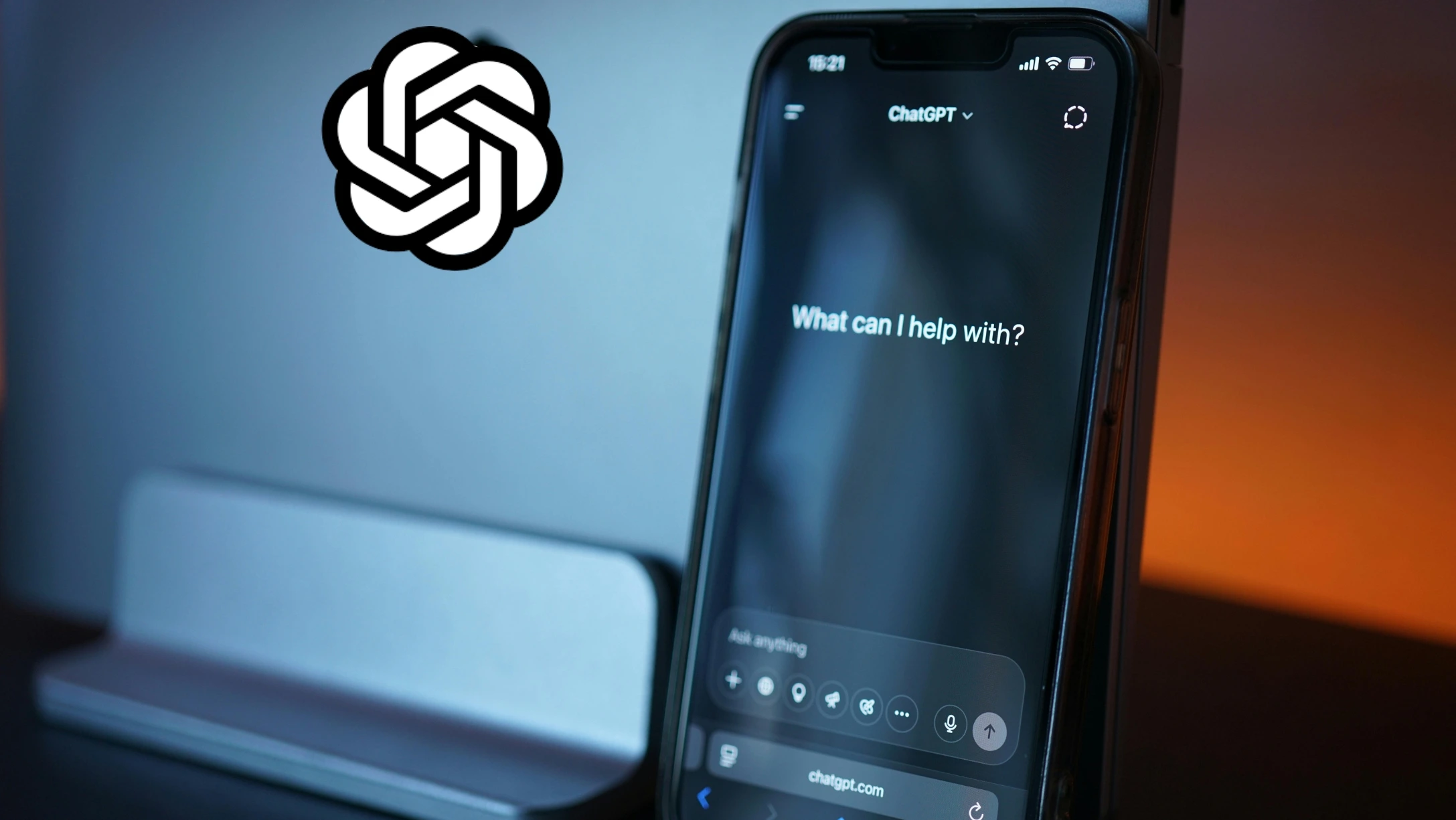ChatGPT now manages billions of requests every single day. In the USA, usage continues to climb across every major group. The tool gets faster, more capable, and easier with each release. People use it for school, work, writing, and quick help. Offices, homes, and schools now include ChatGPT in daily routines.
Its biggest strength is how simple it feels. Students use ChatGPT to break down subjects. Writers let it start content. Planners organize schedules using it. From casual users to professionals, the tool fits many needs. It has become a helpful assistant for nearly everything. That growth shows no signs of slowing down.
Deep Research and Visual Shopping
Deep Research now lets ChatGPT look up facts and explain them clearly. Users ask about any topic, and it creates summaries with useful points. No need to browse dozens of sites. It cuts research time and provides neat overviews fast.
Another feature is visual shopping. Ask for items, and ChatGPT offers pictures and options in seconds. Instead of searching store by store, people ask once and compare everything in one spot. This makes buying decisions quicker and smarter. It helps shoppers narrow choices and avoid endless scrolling. The tool brings value to both casual browsing and focused purchases.
GPT‑5 and Personal Experience
The newest version runs on GPT‑5. This update improved replies and conversation flow. It remembers more context, which keeps talks from breaking. Results feel more natural, especially in longer tasks.
A popular addition is personalities. ChatGPT can act serious, funny, or curious depending on what users pick. Each setting changes how it responds. This adds personality to chats and gives a fresh experience every time. Some people choose different styles based on task type. This flexibility creates more enjoyable and customized chats for each person.
Creative Tasks and Daily Trends
Many use ChatGPT as a tool for fun and imagination. People build planners, test styles, or get outfit ideas. Some design their rooms or create gift guides. It helps when people want new ideas but don’t know where to begin.
For entertainment, users build scripts, poems, or stories using ChatGPT. Artists use it for drafts. Filmmakers use it for concepts. It gives a spark that helps people begin and improve their own work. Others use it to rewrite songs or shape personal stories. That inspiration makes it a fun, reliable partner for creative minds.
Smarter Use and Safe Boundaries
ChatGPT now learns how each user likes to chat. It picks up tone, timing, and what kind of tasks are common. This gives replies that feel more familiar and helpful. Over time, the results match the user’s style.
Still, balance matters. Some people start to lean on it too much. While it helps, it isn’t built for deep personal advice. Emotional safety needs real human support. It works best when used alongside sound judgment. Parents, teachers, and managers should guide how it fits into daily life to keep it helpful but grounded.
Business and School Use Cases
Brands use ChatGPT to write outlines, check ideas, or test campaigns. Many plug it into team tools to save time. Tasks that once took hours now finish in minutes. This helps teams focus on goals, not small edits.
In class, ChatGPT supports writing and project help. Some teachers let students use it to study faster. Others limit its use to keep learning honest. Education settings are still testing what works best. Many see it as a smart helper, not a full solution. Used wisely, it supports growth and builds stronger academic habits.
What’s Next for ChatGPT?
Soon, ChatGPT may handle smart homes. People could ask it to adjust lights, play music, or set reminders. It might also give voice replies through home devices. These updates could bring convenience to everyday tasks.
Developers are working on agents too. These tools act on their own once given a goal. A user might say, “Plan my trip,” and it handles bookings. This gives people more time. However, it needs careful use to stay secure and fair. Future features may change how people interact with everyday tools across devices.
Conclusion
ChatGPT is no longer just a chatbot. It helps with research, planning, writing, shopping, and learning. With GPT‑5, visuals, and personalities, its features grow every month. It works across many areas and fits many lifestyles.
Used with care, ChatGPT saves time, sparks ideas, and solves real problems. When handled wisely, it stays helpful without replacing human choice. As the world keeps shifting, tools like ChatGPT will grow with it—and change how people live and work. Its journey is far from over. Every update opens new possibilities and reshapes what we expect from digital helpers.


